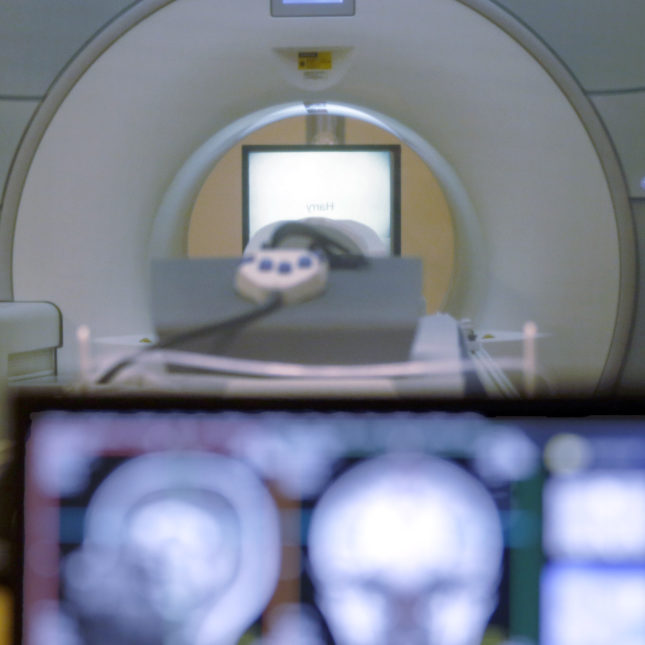
Alexander Huth settled into an MRI machine in the Austin, Texas, neuroscience research building where he worked, a cozy blanket draped over him to stave off the chill from the machine’s magnet, and soundproof earbuds to drown out its drone. The sound in the earbuds, though, came through loud and clear.
“From the New York Times and WBUR Boston, this is ‘Modern Love,’” the podcast began.
Listening to those lines spurred brain activity, neurons firing and using up oxygen in his blood. As the deoxygenated blood flowed out, back to his lungs and heart, the magnet picked up its signal, betraying which parts of his brain were processing what he’d heard. And on the other side of the glass, a group of neuroscientists looked nervously at the data, trying to listen to the podcast just by looking at their adviser’s brain scans.















Exciting news! STAT has moved its comment section to our subscriber-only app, STAT+ Connect. Subscribe to STAT+ today to join the conversation or join us on Twitter, Facebook, LinkedIn, and Threads. Let's stay connected!
To submit a correction request, please visit our Contact Us page.